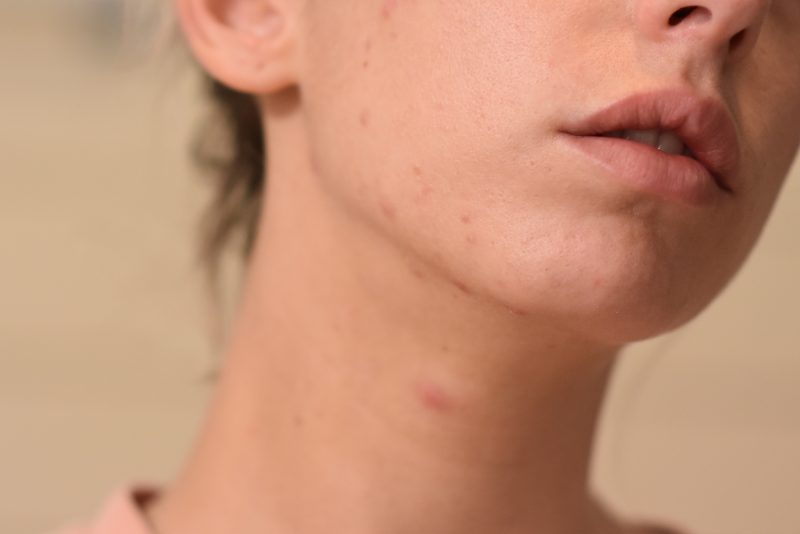Skincare. You’ve heard so much about it, but what actually works? The Koreans have the 10-step-routine. Southeast Asians use a lot of turmeric and natural products. North Americans use a lot of chemicals. All swear by their remedies, but not all products work best for every skin type.
This might be a story you know all too well: baby soft pimple-free skin before puberty, explosive acne during puberty, and now your skin is either too dry, too oily, discoloured or texturized. We haven’t quite figured out how to take care of our skin once the pimple phase is over because we’re all so different.
I’ve battled with my skin since hitting puberty, and it’s only recently that I’ve figured out the recipe for my skin success.
Acne-prone combination skin
Often, people with combination skin types think their skin is too oily when, in fact, according to the Epiderma esthetician I consulted, our skin can produce more oil to help combat dry skin. This makes you believe the issue is excess oil but, in fact, it’s not enough hydration. In this case, the biggest mistake someone can make is to cut out moisturizing from their skincare routine. The reality is that the better moisturized the skin is, the less oil it will produce to compensate.
According to the Canadian Dermatology Association’s website, acne occurs when dead skin cells clog the skin’s pores, resulting in sebum accumulation – a substance produced by oil glands. Bacteria within the pores can then contribute to those blockages and inflammation. The site indicates many causes and triggers of acne: cosmetics, food, sweating, overwashing, hormones and more. The site’s cited board-certified dermatologists suggest shopping for oil-free cosmetic products and washing your face twice a day.
To help treat your acne, it’s recommended to wash sheets and pillowcases often. What also helps is letting your skin breathe by not wearing makeup a few days a week, washing your face twice daily, not picking your pimples and washing makeup brushes. The main takeaway is wash your face delicately, exfoliate once or twice a week with a gentle scrub (to avoid micro-tears) and moisturize religiously.
Combination skin types usually get the worst of it and textured skin is common. After my teens, I saw a decrease in the amount of acne I had and just got the occasional hormonal breakouts. But I noticed something different on my skin that I couldn’t quite understand or fix. This was texture — there were tiny little flesh-coloured bumps all over my cheeks. They weren’t your typical pimples and I didn’t think they were until I picked at them and saw they resembled whiteheads.
Instead of consulting an aesthetician, I took matters into my own hands and started exfoliating so much, my face was filled with micro-tears which made everything worse. I caved and consulted a medical aesthetician at Epiderma. She explained that this texture occurred because of dehydration and clogged pores. I started moisturizing more, but I didn’t see enough of a difference. I turned to hyaluronic acid and it quite literally changed my skin. After a month of using the chemical product, I saw a significant difference.
Hyaluronic acid is a substance created by the body, according to an article on Healthline.com. About half of the hyaluronic acid in your body is in your skin, where it binds to water to help retain moisture. As a result of hydrated skin, it reduces the appearance of wrinkles and, according to the article, makes skin appear smoother.
It is recommended by several companies like Drunk Elephant or The Ordinary to use hyaluronic acid after washing your face and before applying moisturizer at night.
Above all, in order to have beautiful, healthy skin, medical experts like the Canadian Dermatology Association still recommend starting with a change in diet to see a difference in your skin by avoiding sugars and increasing your water intake.
Photo by Laurence BD




